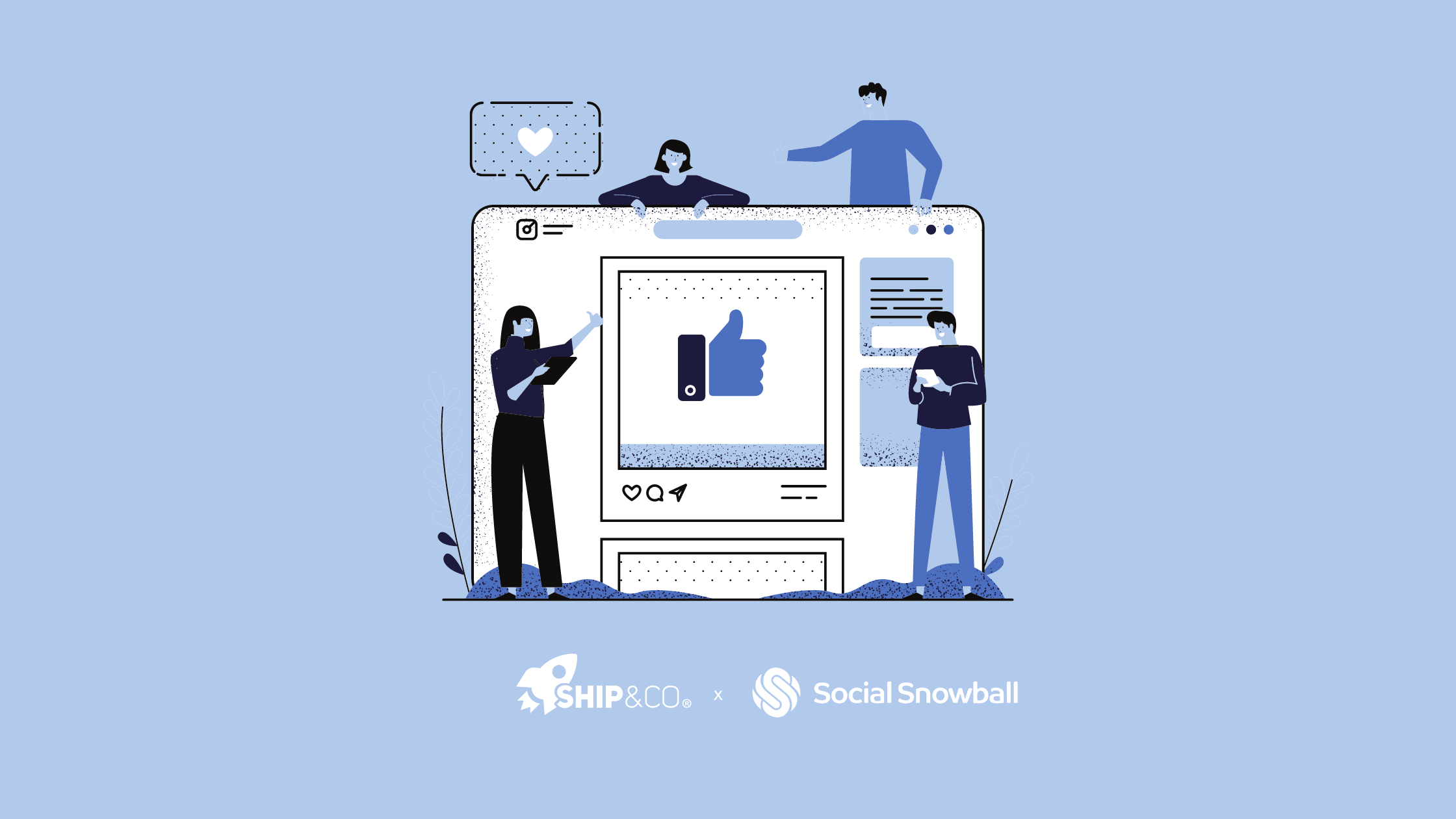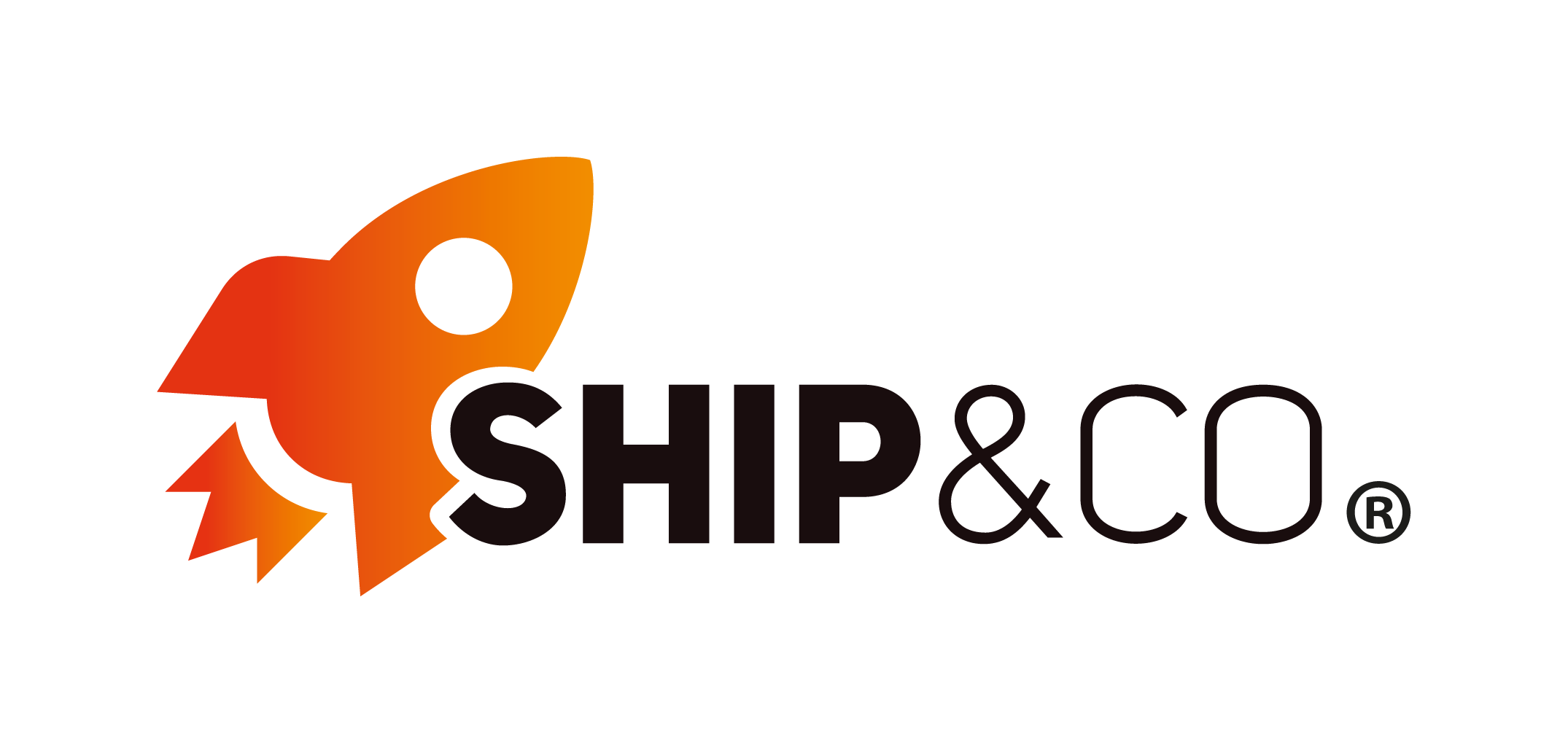What’s New With Affiliate Marketing In 2022
With each passing year, we see new trends emerge, old practices become obsolete, and shift in focus of brands & marketers across the globe.

Article by Juhil Mendpara from Social Snowball
With each passing year, we see new trends emerge, old practices become obsolete, and shift in focus of brands & marketers across the globe. Affiliate marketing is no exception.
In order to run successful affiliate marketing programs in 2022, brands must follow the emerging trends and adjust their affiliate marketing matrix to benefit from the opportunities and avoid pitfalls.
In this blog, we’ll reflect on what’s new with affiliate marketing and what trends will be profitable for brands to follow in 2022.
Trend #1: More brands will leverage affiliate marketing in 2022
More and more brands are jumping on the affiliate marketing bandwagon. In 2022, we will see another big jump with brands investing heavily in affiliate marketing. Statista estimates that spending on affiliate marketing will reach $8.2 billion in 2022, which is the highest jump since 2015. We think the jump will be even bigger.
This is mainly due to the increasing costs in the other popular marketing channels — latest statistics show:
- Google and YouTube’s CPM are up by 108%
- Facebook ad costs had an 89% increase
- TikTok's CPM went up by 92% increase and
- Snapchat had “the lowest” 64% increase in CPM
Moreover, in 2022, more influencers will be open to commission-based models, qualifying them as the right affiliates for brands.
As more and more brands work with affiliates in 2022, we will also see brands investing in automation and marketing tools. Since one brand will work with multiple affiliates, Automation will come in handy to source, manage, and track KPIs across campaigns.
Trend #2: Micro-influencers will dominate 2022
Nano & Micro-influencers, with 5000 to 25000 followers, will dominate 2022. While they don’t have a huge following, their relationship with their followers will become a more profitable and cost-effective solution for brands. The market share of micro-influencers grew from 89% in 2020 to 91% in 2021. Experts suggest that this upward trend will continue to peak in 2022.
Trust plays a major role in influencing buying decisions. Since micro-influencers have a small audience, their followers find them more relatable than celebrities and advocate their trust in them. Micro-influencers are niche-focused, bringing down the campaign’s cost per action significantly.
Now, you must be thinking, what has affiliate marketing got to do with the increasing number of micro-influencers? A lot, actually.
In 2022, Brands will engage a lot in product seeding — again for the same reason as with affiliate marketing: rising ad costs. In other words, they’ll send free products & personalized letters to seed influencers. And they’ll send these packages to influencers in the hope of product promotion.
The thing about influencer seeding is only a small percentage of seed influencers actually post on their stories or feed. The rest don’t — mainly because there’s no cash incentive. That’s where affiliate marketing comes in.
Companies will ask seed influencers to join their affiliate program to earn cash. The more they can sell to their audience, the more they’ll earn.
Trend #3: Brands will prioritize video in their affiliate marketing strategy
Video is growing to be the foremost requirement in crafting better affiliate marketing campaigns. The out-and-out number of avenues supporting video content only illustrates the growing interest of brands and users in the format in 2022. Tiktok, Instagram, YouTube, and Facebook’s deliberate efforts in enhancing the organic reach of video content have pushed influencers to create more videos and brands to prioritize video content in affiliate marketing programs.
Brands will continue to ask their affiliates to make videos as a primary marketing tool in their marketing approach.
Trend #4: AI and automation will transform affiliate marketing
As established earlier, brands will increase their efforts on affiliate marketing campaigns in 2022. However, as more and more players continue to clutter the market and increase competition, brands will face unique challenges in determining consumer behavior, generating leads, making data-driven decisions, etc.
Therefore, we’ll see the heavy deployment of AI & ML in affiliate marketing programs to automate scouting affiliates, manage distribution, engage audiences in real-time, and other functions of marketing. According to stats, AI-powered affiliate marketing can impact revenues by 30%.
In 2022, these are some of the areas we’ll see AI & ML in action:
Tracking affiliates' KPIs on an AI-based dashboard
AI-powered dashboards will play a major role in tracking the performances of all affiliates via automatic report generation in easy-to-understand formats. These dashboards will report on key KPIs like historical sales data of each affiliate, affiliate revenue, total revenue, commissions, etc., and show trends and opportunities to grow the affiliate program further.
Lead generation
By using AI and APIs, brands will depend heavily on automating critical functions of nurturing prospective leads & affiliates. By leveraging automated chatbots on landing pages, and autoresponder emails, brands will nurture leads based on keywords used in website chatbots.
AI, coupled with algorithms, will also help brands identify bloggers, platforms, and affiliate networks associated with a specific niche and target them.
Running affiliate programs based on data
It’s no secret that data originating from AI comes from big data and makes a positive impact in studying consumer behavior in real-time. With the help of this data, brands and affiliates can work together to identify target audiences and promote products efficiently at a much higher speed.
Trend #5: Rewarding Customer Loyalty as a part of affiliate marketing
Turning customers into affiliates is a tactic more and more brands are deploying today. We’ll see this trend flourish even more in 2022. We’ll see brands extend incentives through cashbacks, discounts, products offers, and referral programs to foster closer relationships with customers.
Trend #6: Brands will collaborate more with live steamers to become affiliates
Pandemic made in-store shopping impossible and gave audiences a lot of time to participate in live streams. These live streams became the new age social gathering platform that made live social selling possible. Already flourishing in China, live shopping will become more and more popular amongst buyers and influencers in 2022.
YouTube tested live shopping by organizing a live shopping week in 2021. Also, major social media platforms like Instagram, Facebook, and twitch are continuously updating algorithms conducive to live streaming. In no time, we’ll see brands looking at live streaming influencers as potential affiliates to market their products.
They’ll ask streamers to engage their audience in buying through their affiliate code on the screen or affiliate links in the chat.
Trend #7: Impact of cookies ruling out will be felt in 2022
Safari & Firefox have already banned the use of third-party cookies for years now. Google and Apple are continuously changing how third-party cookies will be used in the future. Google has postponed eliminating third-party cookies by a year to allow brands to adjust and plan according to the change. It’s no wonder that 2022 will be the year that will face the impact of the cookieless internet. It will be especially prominent in affiliate marketing, which has been dependent on cookies for attribution and tracking for more than a decade.
Tracking and attribution will see a lot of change in affiliate marketing. Here are the following changes you might see in 2022:
- Brands will shift focus to first-party cookie strategies. The change will allow brands to prepare strategies according to user’s actions on site, frequency of visits, personal data sent by sign-up forms, etc
- Brands will have more information about data collection practices while nurturing connections.
- Brands will provide something of value, like offers, discounts, redeemable points, etc., in return for data. Customers in 2022 will offer personal data only in exchange for loyalty points.
- Brands will inquire about affiliates marketers' strategies to combat third-party cookies rule out before signing them as regular affiliates.
- Brands will provide their affiliates with trackable coupon codes and ask influencers to use them wherever possible for flawless attribution.
All In All
Affiliate marketing will see a lot of upgrades in 2022 (and over the next few years) and from multiple sides:
- More brands will use affiliate marketing as a primary channel to grow.
- They’ll experiment with different strategies to attract and motivate affiliates and influencers.
- On the tech side, apps like ours (Social Snowball) will continue to evolve with changing growth and restrictions.
It’s going to be an exciting year for the affiliate marketing channel!
About Social Snowball
Social Snowball is an automated affiliate marketing app for Shopify. More than 1200 merchants use it to create and efficiently manage their affiliate programs.
About Ship&co
Ship&co is a global shipping platform designed by and for e-commerce sellers. Created by the team behind Bento&co, who have been selling on Shopify since 2008, Ship&co provides a simple and easy-to-use web dashboard and shipping API. Ship&co helps online sellers ship packages faster by automatically syncing orders and creating shipping labels and invoices in minutes. With Ship&co, you can create shipping labels for FedEx, UPS, DHL, NinjaVan, Yamato, Sagawa, and more, with just two clicks to complete the process and mark your orders as shipped. For more information on Ship&co, visit shipandco.com or reach out to us via [email protected] !

